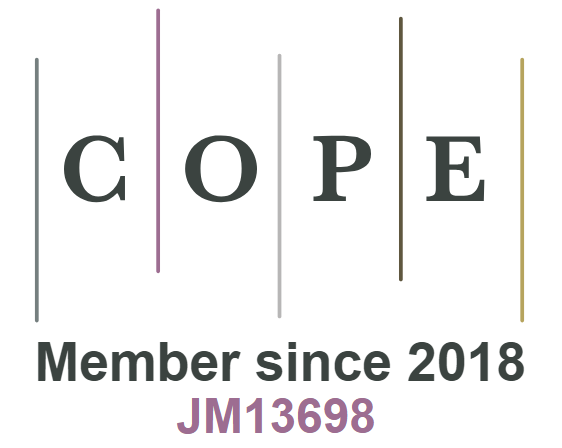UDK 37.015.31
DOI: 10.15507/1991-9468.100.024.202003.433-452
Indicators of Parent-Child Relationships in the Context of Various Socio-Demographic Parameters
Artur A. Rean
Head of IOE Laboratory for the Study and Prevention of Adolescent Deviance, National Research University Higher School of Economics (20 Myasnitskaya St., Moscow 101000, Russia), Chairman of the Scientific Coordination Council of the Russian Academy of Education (RAO) on Family and Child - hood Issues, Dr.Sci. (Pedagogy), Professor, Member of Russian Academy of Education, ORCID: https://orcid.org/0000-0002-1107-9530, Scopus ID: 6507072773, Researcher ID: A-5349-2015, This email address is being protected from spambots. You need JavaScript enabled to view it.
Ivan A. Konovalov
Research Analyst of IOE Laboratory for the Study and Prevention of Adolescent Deviance, National Research University Higher School of Economics (20 Myasnitskaya St., Moscow 101000, Russia), ORCID: https://orcid.org/0000-0002-0982-5813, Scopus ID: 55948993400, Researcher ID: AAH-2741-2019, This email address is being protected from spambots. You need JavaScript enabled to view it.
Introduction. The article is dedicated to the problem of child-parent relationships (acceptance and behavior control practices by fathers). The context of modern family trends and various socio-demographic indicators of family life in the Russian Federation is also significant. The main hypothesis of the article: the indicators of acceptance and overprotection by fathers (in full families) differ in the context of such variables as a gender of the respondent, number of children in the family, and type of settlement in which the family lives.
Materials and Methods. The study was conducted in public secondary schools in eight regions of the Russian Federation. For data collection, an online survey was used. The sample consisted of 3 526 respondents from full families (57 % female). The mean age of the respondents was 16 years. Data analysis was carried out using the following statistical processing methods: Kruskal-Wallis test, multiple linear regressions.
Results. It was found that girls statistically higher evaluate perceived indicators of “care” and “overprotection” by fathers than boys. It was also found that respondents from v illages, urban settlements, and small towns (less than 100 thousand people) statistically higher evaluate perceived indicators of control (“overprotection”) by fathers. In families with a large number of children (3 or more) from cities with a high population (more than 500000), the indicators of perceived overprotection by the father are lower.
Discussion and Conclusion. Results allow us to put forward an assumption that practices of adolescents’ behavior control by fathers differ (in the Russian Federation) in the context of locality (size of the population) in which the family lives. It is also worth noting that the acceptance of a teenager by parents is largely dependent on the psychological characteristics of interaction inside the family, while indicators of overprotection (and control practices) are significantly associated with environmental factors. The results are of interest in the context of family and youth policy agend a.
Keywords: adolescents, fathering, family, type of settlement, overprotection, acceptance
For citation: Rean A.A., Konovalov I.A. Indicators of Parent-Child Relationships in the Context of Various Socio-Demographic Parameters. Integratsiya obrazovaniya = Integration of Education. 2020; 24(3):433-452. DOI: https://doi.org/10.15507/1991-9468.100.024.202003.433-452
Contribution of authors:
Artur A. Rean – organization and formulation of the basic concept of the study; approval of the methodology; scientific guidance; preparation of the final text.
Ivan A. Konovalov – data processing; search for analytical materials in Russian and foreign literature; preparation of initial conclusions.
All authors have read and approved the final manuscript.
Submitted 18.02.2020; revised 27.04.2020; published online 30.09.2020.

This work is licensed under a Creative Commons Attribution 4.0 License.





























